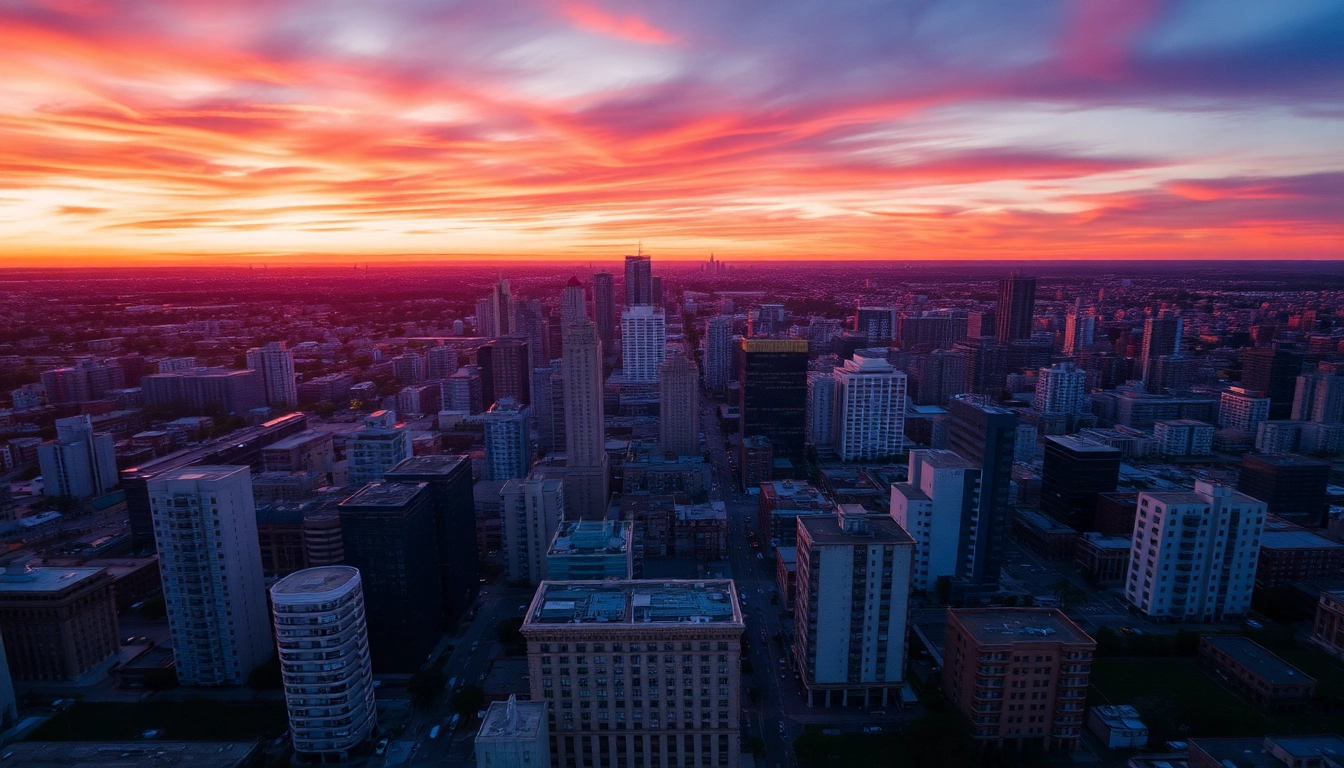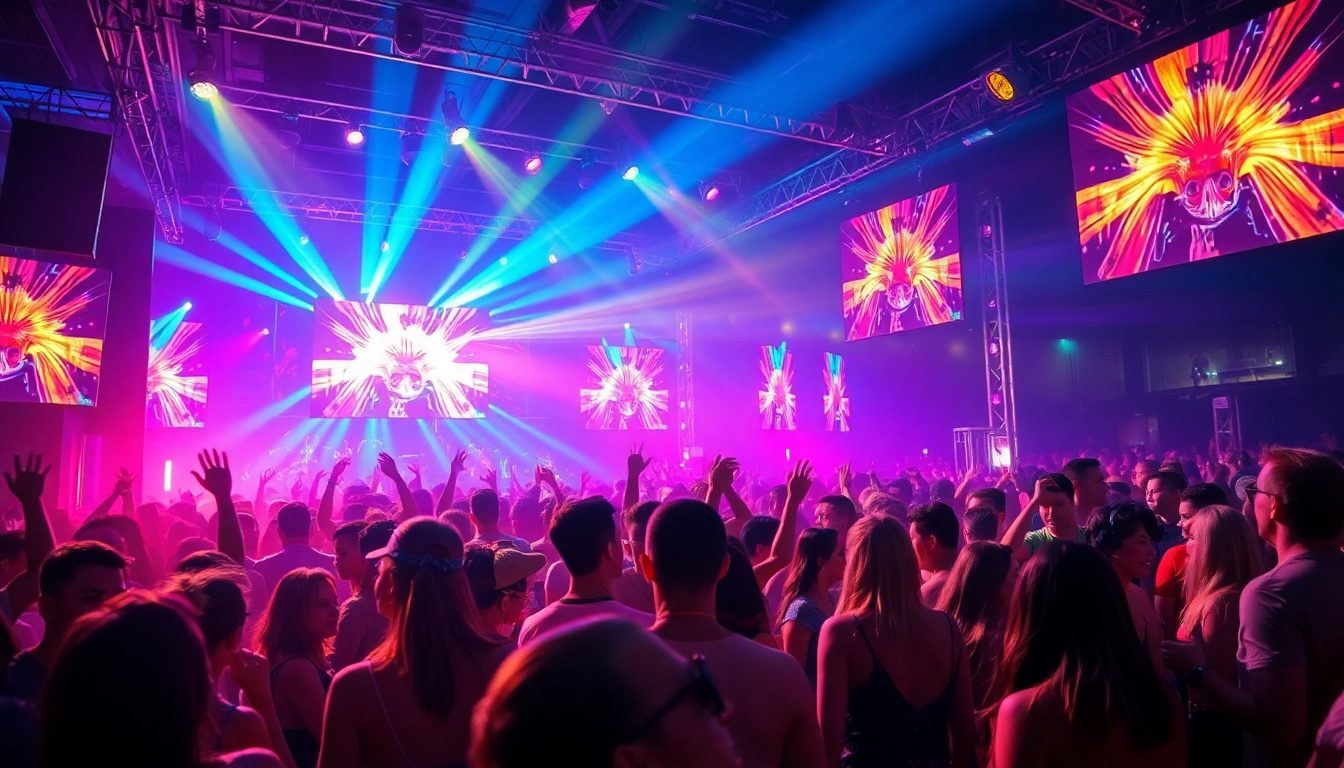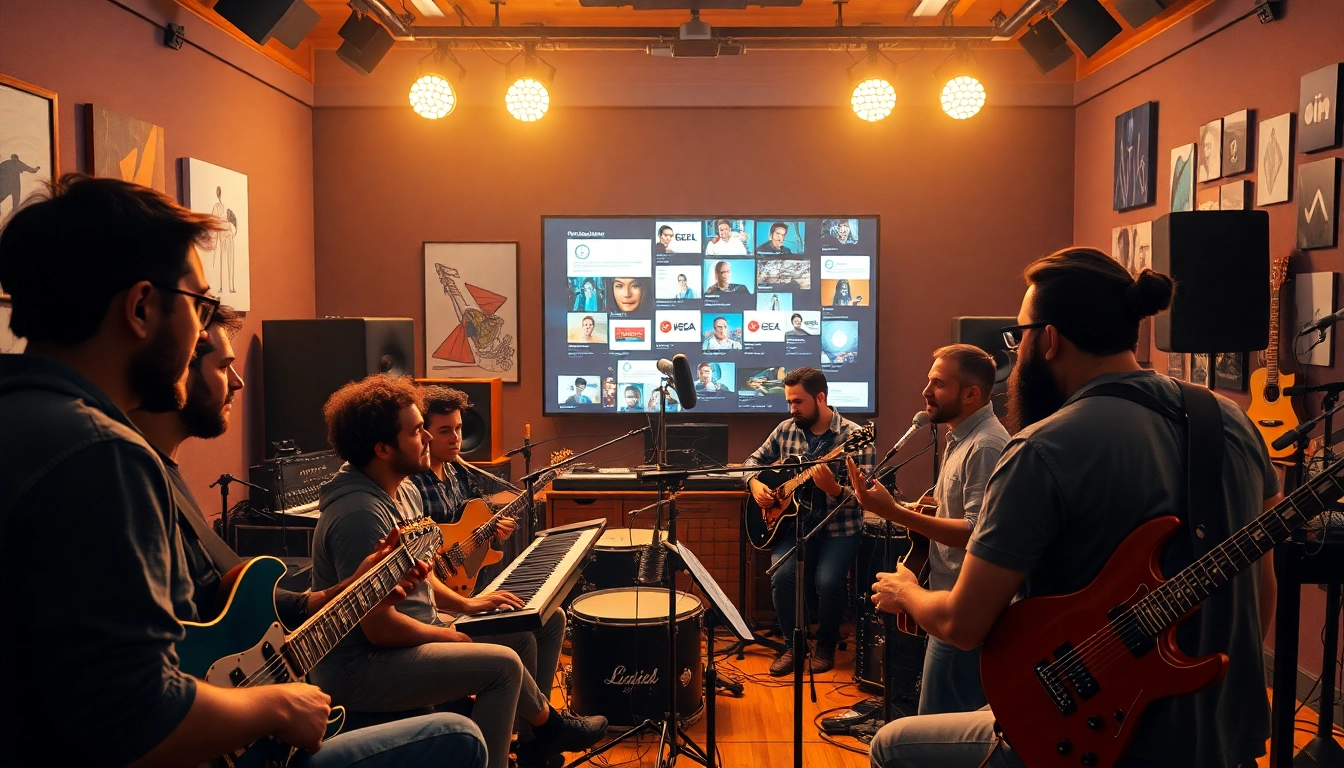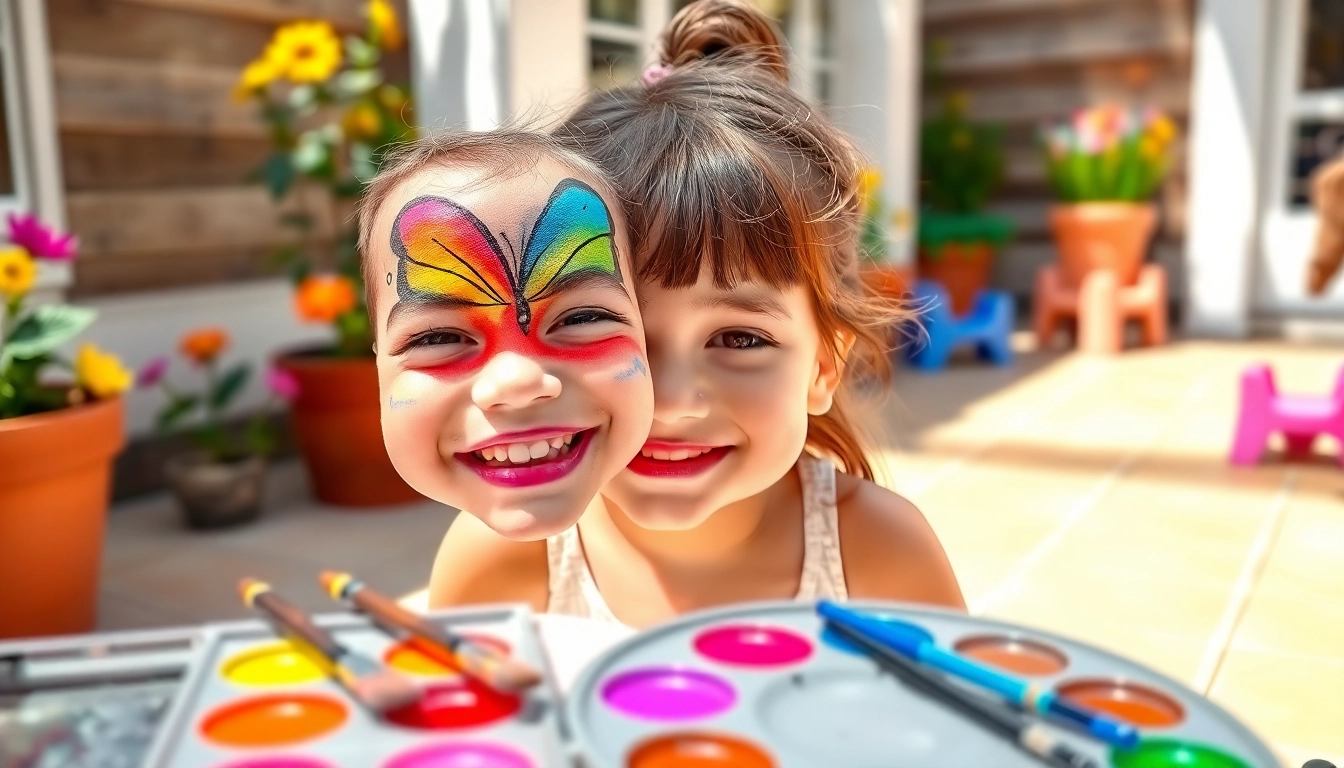Understanding Drone Photography Editing Basics
What is Drone Photography Editing?
Drone photography editing is the process of enhancing and transforming aerial images captured by drones to achieve visually appealing and impactful results. With the growing popularity of drones in various fields such as real estate, tourism, and environmental monitoring, the ability to edit these photographs has become a critical skill for professionals and enthusiasts alike. Editing not only involves correcting exposure, contrast, and color but also harnessing the full potential of the unique perspectives that drone photography offers.
The editing process can greatly affect the final outcome of an image, making it essential for photographers to understand various techniques and tools available. Effective drone photography editing can elevate mundane aerial shots into compelling pieces of visual storytelling, allowing the viewer to experience the scene as the photographer envisioned it.
Essential Tools for Editing Drone Images
To excel in drone photography editing, having the right tools is crucial. Below are some essential software and resources every drone photographer should consider:
- Adobe Lightroom: Ideal for photo management and bulk editing, Lightroom facilitates easy adjustments of exposure, white balance, and color grading.
- Adobe Photoshop: Offers advanced editing capabilities, including layers and sophisticated retouching options to enhance drone images.
- Affinity Photo: A cost-effective alternative to Photoshop, geared towards those looking for advanced editing features without a subscription model.
- Luminar: Uses AI-powered filters and tools that simplify complex editing processes, making it beginner-friendly.
- Skylum AirMagic: Specifically designed for drone photo editing, this software can automatically enhance images taken from drones.
Having a mix of these tools can help you tailor your editing process based on specific project needs, geographic locations, and subject matter.
Basic Editing Techniques for Beginners
Beginner drone photographers should start with foundational editing techniques that set the stage for more advanced skills. Here are some essential techniques to master:
- Crop and Straighten: This simple adjustment can dramatically improve the composition of your photos by removing distractions and skewed horizons.
- Adjust Exposure & Contrast: Balancing lighting is vital. Use sliders to correct overexposed areas while enhancing contrast to add depth.
- Color Balance & Temperature: Fine-tuning these parameters ensures your aerial shots reflect the true beauty of the scene, avoiding overly warm or cool tones.
- Saturation and Vibrance: Enhancing the color saturation will make the image pop, while vibrance is great for non-distracting enhancement of muted colors.
- Sharpening: Applying sharpen edges can create a more defined look and enhance crucial details in aerial images.
By mastering these basic editing skills, beginners can significantly enhance their aerial images and lay the groundwork for more complex editing techniques.
Advanced Techniques in Drone Photography Editing
Color Correction Strategies for Aerial Photography
Color correction is a vital aspect of drone photography editing, especially given the various lighting conditions under which drones often operate. Effective color correction strategies include:
- Utilizing Color Wheels: Adjusting shadows, midtones, and highlights individually allows for precision in correcting color casts.
- White Balance Adjustments: Use temperature and tint sliders to neutralize any color imbalances and recreate a natural feel.
- Split Toning: This technique can distribute colors across shadow and highlight areas, creating a mood that aligns with your visual storytelling.
Advanced drone editors should experiment with these tools to create visually stunning compositions that draw in the audience’s eyes.
Utilizing Layers and Masks Effectively
Layers and masks are powerful features in photo editing software that allow for non-destructive editing. Here’s how to effectively utilize them in your drone photography:
- Layering Techniques: Create multiple layers for different components of your image. For instance, separate the foreground from the background to edit them independently.
- Masking: Use masks to apply adjustments selectively. For example, if the sky needs enhancement without altering the colors of the landscape, a mask can ensure precise editing.
- Blending Modes: Experimenting with different blending modes can produce unique effects, such as multiplying colors for a richer finish or screen adjustments for brightness.
Become familiar with these concepts to apply subtle yet critical enhancements to your aerial images, ensuring a polished outcome.
Enhancing Detail and Depth in Aerial Images
To create images that showcase depth and detail, consider implementing these advanced techniques:
- Clarity and Texture Adjustments: Adjusting the clarity can enhance midtone contrasts, making the aerial shots appear sharper and more defined.
- Gradient Filters: Use linear or radial gradient filters to draw attention to particular areas, enhancing the focal point without distracting from the overall image.
- Dodge and Burn: This classic technique can emphasize certain areas of your photo by either lightening (dodging) or darkening (burning) selected portions.
Applying these strategies not only enriches your drone images but also enhances the viewer’s visual experience by presenting them with beautifully layered photographs.
Common Challenges in Drone Photography Editing
Dealing with Lighting Issues in Drone Images
Lighting conditions play a crucial role in drone photography, and poor lighting can hinder image quality. Here are common lighting issues and solutions:
- Overexposure: Use the histogram tool in your editing software to identify overexposed areas. Tools like highlight recovery can help bring back lost details.
- Underexposure: Increasing the exposure can salvage dark images, but be mindful of noise, which can be addressed through noise reduction tools.
- Harsh Shadows: Employ shadows or gradient filters to even out harsh lighting by softening shadow areas, creating a balanced look.
By anticipating lighting challenges, photographers can apply preventative measures to improve the overall quality of their photos.
Overcoming Noise and Distortion in Aerial Shots
Drone images, especially those shot in low-light situations, can often suffer from noise and distortion. Here’s how to mitigate these issues:
- Noise Reduction Techniques: Most editing software has specific sliders to reduce noise. Be cautious not to overdo it, as this can result in loss of detail.
- Lens Correction Tools: Many editing programs include lens correction features to fix distortions specific to your drone’s camera lens.
- Using High-Quality Equipment: Investing in a good-quality drone with a larger sensor can help reduce noise and improve overall image quality, especially at higher ISO settings.
Addressing these issues effectively can be the difference between a shot that captivates and one that falls flat.
Managing Large Files and Software Limitations
Aerial photographers often deal with large file sizes, which can slow down editing processes. Here are some strategies for managing this effectively:
- File Compression: Use lossless compression formats that reduce file sizes while retaining quality, such as TIFF or certain RAW formats.
- Efficient Hardware: Consider upgrading your hardware, including a more powerful CPU and more RAM, to handle larger files quickly and efficiently.
- Storage Solutions: Utilize external SSDs and cloud storage options to keep your workflow smooth and organized.
By managing file sizes adeptly, photographers can navigate editing software limitations and maintain a productive workflow.
Best Practices for Stunning Drone Photography Editing
Workflow Tips for Efficient Editing
A structured workflow can significantly enhance your efficiency in editing drone images. Here are some best practices:
- Organize Your Files: Create a folder structure that reflects projects, shooting dates, and locations to quickly find your images.
- Batch Edits: Use batch processing to apply similar edits to multiple images, saving time while maintaining consistency.
- Set Benchmarks: Establish clear goals for each editing session—like completing specific tasks or number of images—to stay focused and productive.
By developing a disciplined editing workflow, photographers can maximize their editing efficiency and output quality.
Organizing Your Drone Photography Library
As you accumulate a collection of aerial images, proper organization becomes essential. Here are some strategies for maintaining an organized library:
- Cataloging Software: Consider using software like Adobe Lightroom or Capture One that offer library management solutions integrated within the editing software.
- Keywording and Tagging: Implement a keyword system that allows for easy searches. Tagging images by location, subject, or project name simplifies the sorting process.
- Regular Maintenance: Periodically review and purge unnecessary or duplicate images from your collection to maintain an efficient library.
Successfully organizing your images ensures that you spend less time searching and more time creating.
Color Grading for a Professional Finish
Color grading is the final touch that can transform your images from good to exceptional. Here are steps for professional-grade color grading:
- Establish a Color Palette: Decide on a color palette that is consistent with your brand or the mood of the project to create cohesive imagery.
- Use LUTs (Look-Up Tables): Consider using pre-defined LUTs to enhance the overall color scheme without starting from scratch.
- Final Touches: After primary edits are complete, revisit each image for final color adjustments, ensuring the colors represent your absolute vision.
These practices in color grading ensure you put your best foot forward when presenting aerial visuals, reflecting professionalism and quality.
Measuring Success in Drone Photography Editing
Key Performance Indicators for Photography Projects
Measuring the success of your drone photography editing can be achieved through various performance indicators. Here are a few to consider:
- Viewer Engagement: Metrics such as likes, shares, and comments on social media platforms can provide insight into how well your images resonate with the audience.
- Client Satisfaction: Gathering feedback from clients can help refine and enhance both your editing style and workflow.
- Return on Investment (ROI): Assessing whether your photography efforts lead to new business or increased sales in other performance metrics can indicate overall success.
By identifying and tracking KPIs, photographers can make informed decisions to improve their future editing projects.
Collecting Client Feedback and Iterations
Client feedback is vital in refining your editing skills and understanding client needs. Here are strategies to effectively collect and implement feedback:
- Structured Feedback Forms: Utilize forms that encourage clients to provide detailed input on specific aspects, such as color grading and overall composition.
- Iterative Processes: Offer clients a couple of rounds of edits to ensure the final images align with their expectations.
- Engagement with Clients: Discuss the reasoning behind particular editing choices, which can instill trust and lead to better collaborative efforts.
Continually iterating based on feedback ensures that your editing style evolves to meet client expectations more effectively.
Showcasing Your Work: Portfolios and Social Media
Creating a visually appealing portfolio and leveraging social media are essential for any photographer. Here are some best practices:
- Curate Your Best Work: Select only your strongest edits to showcase in your portfolio, emphasizing depth and variety in aerial photography.
- Consistent Branding: Maintain a consistent theme across your social media channels and portfolio to reinforce your identity as a photographer.
- Engage Your Audience: Utilize social media platforms to share behind-the-scenes insights, tips, and stories along with your images, which can help build a devoted following.
By effectively showcasing your work, you not only attract potential clients but also create a lasting impression in the competitive field of drone photography.



